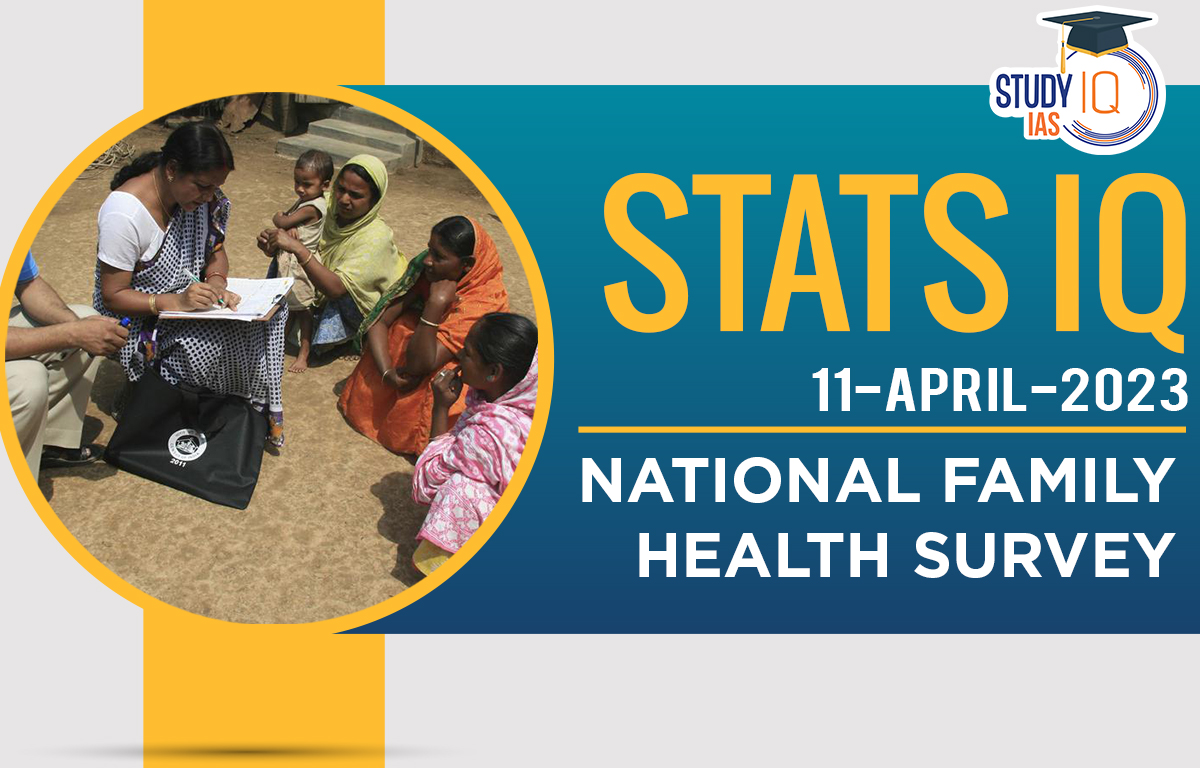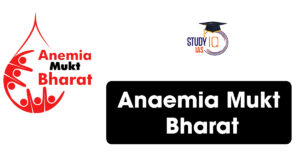National Family Health Survey
- NFHS: The National Family Health Survey (NFHS) is a large-scale, multi-round survey conducted in a representative sample of households throughout India.
- It provides estimates on key indicators related to population, family planning, child and maternal health, nutrition, adult health, and domestic violence, among others.
- Increasing Cases of NCDs: The incidence of non-communicable diseases (NCDs) is increasing in India.
- Hypertension: Hypertension survey was done by lowering the cut-off age to 15 years instead of 18.
- 1 in every 5 Indian women and 1 out of 4 men suffer from hypertension but when it comes to treatment, only 7 % women and 6 % men who have been diagnosed with high blood pressure are on medication.
- The share of teenage girls (15-19 years) who had normal blood pressure (BP) had decreased and it was more pronounced in Chhattisgarh, Maharashtra, Telangana, Uttarakhand and Jharkhand.
- In Arunachal Pradesh and Sikkim, only 63% of teenage girls had normal BP in 2019-21 — the lowest in the country.
- Overall in India, in 2015-16, 80% of teenage girls had normal BP, which declined to 74% in 2019-21 — a decrease of 6% points.
- Anaemia: An increasing number of people across all population groups is being affected by anaemia.
- Among women, its prevalence has increased from 53% in 2015-16 to 57 % in 2019-21. In men, it has increased from 23% to 25 %.
- At least 67% children (6-59 months) have anaemia as compared to 58.6% in the last survey conducted in 2015-16.
- The prevalence of anaemia among children age 6-59 months was found highest in Gujarat, Madhya Pradesh, Rajasthan, and Punjab and Ladakh.
- Cancer Screening Coverage: It remains poor in the country.
- Only 1.2% of women had a cervical examination, 0.6 % underwent breast examination and 0.7% took an oral cavity test.
- The poor figures come despite the launch of the National Programme for Prevention and Control of Cancer, Diabetes, Cardiovascular Diseases and Stroke twelve years ago in 2010.
- Diarrhoea: Diarrhoea incidence has gone down to 7.3% compared to 9.2% in NFHS-4.
- It is significant to note that the NFHS survey asks for diarrhoea incidence only in the past two weeks from when the survey is done thus affecting numbers.
- Infant Mortality Rate(IMR): IMR has marginally declined in nearly all states. Assam has seen one of the largest drops in IMR, from 48 deaths (per 1,000 live births) to 32 deaths. IMR remains high in Bihar.
- Stunting: Stunting or chronic malnutrition (i.e., low height with respect to age) had increased in 11 of the 17 States.
- Proportion of severely wasted children has increased in 13 of the 17 states.
- The proportion of children who are underweight (low weight with respect to age) has increased in 11 of the 17 states. In Bihar and Gujarat, 40% or more of the children under the age of five years are underweight.
- Hypertension: Hypertension survey was done by lowering the cut-off age to 15 years instead of 18.
- Need for National Health Policy: These estimates are major indicators of prevalence of diseases in many of India’s states despite Union Government’s flagship programmes. It is essential that National Health Policy should be framed aiming to eradicate such ailments.


 Cabinet Committee on Security Suspends I...
Cabinet Committee on Security Suspends I...
 Pahalgam Terror Attack: All Eyes on Paha...
Pahalgam Terror Attack: All Eyes on Paha...
 Anaemia Mukt Bharat: India’s Fight Aga...
Anaemia Mukt Bharat: India’s Fight Aga...






















